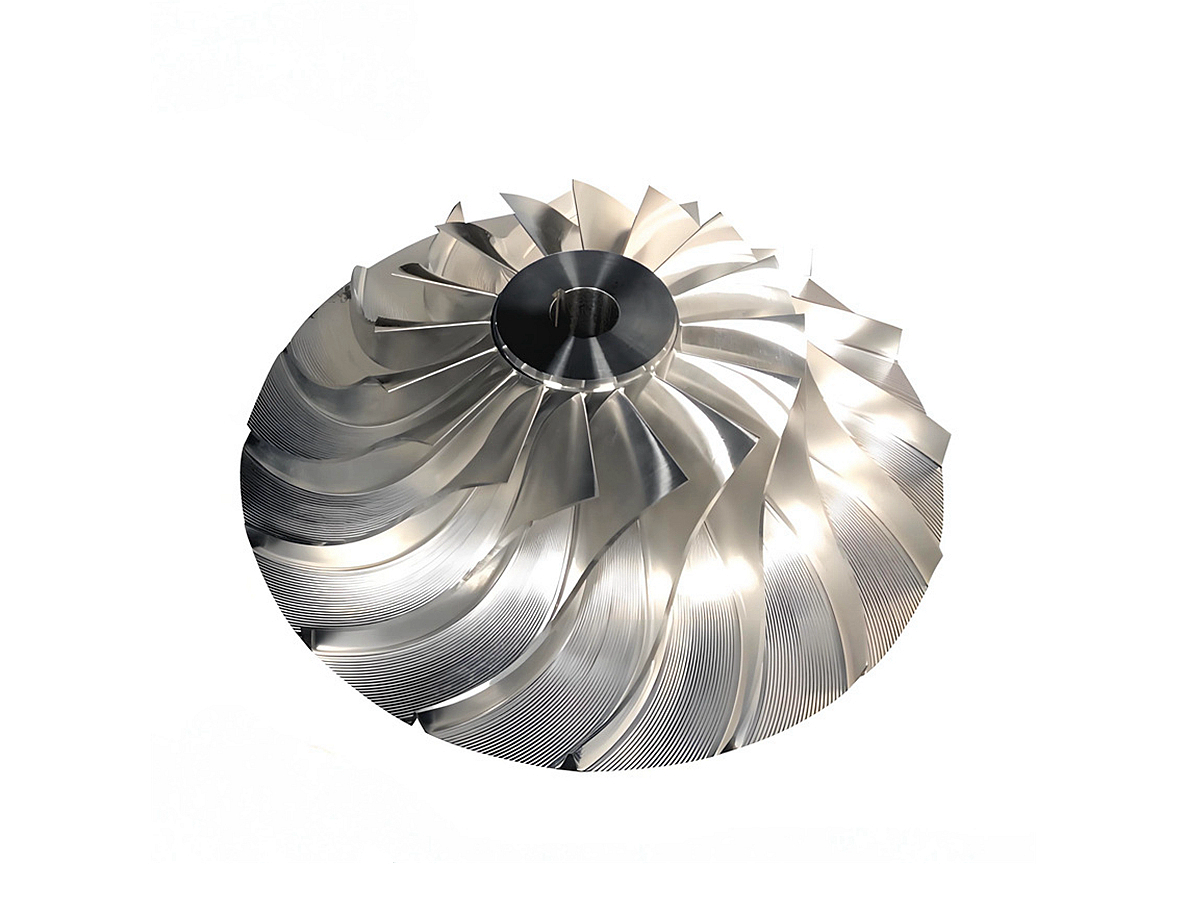The Future of Automotive Manufacturing: Multi-Axis CNC Machining for Advanced Steel Components
Precision Engineering for Next-Generation Vehicles
The automotive industry’s shift toward lightweight, high-strength components demands advanced manufacturing solutions. Multi-axis CNC machining services enable complex steel parts like turbocharger housings and transmission gears with ±0.005mm tolerances, critical for meeting IATF 16949 quality standards. Advanced steels now constitute 55% of EV and ICE powertrain components due to their durability and thermal stability.
Rising demand for electric vehicles has accelerated the adoption of 5-axis simultaneous machining in hardened steels. From 4140 steel suspension arms to 4340 steel drive shafts, precision machining reduces component weight by 25% while maintaining 1,500+ MPa tensile strength.
Material Selection: High-Performance Steels for Automotive
Material | Key Metrics | Automotive Applications | Limitations |
|---|---|---|---|
950 MPa UTS (QT), 12% elongation | Gearbox components, camshafts | Requires stress-relief annealing post-machining | |
1,280 MPa UTS, 50 J impact toughness | EV battery trays, chassis reinforcements | High-machining tool wear | |
1,500 MPa UTS (hot-stamped) | Crash absorption structures | Requires laser cutting for post-forming | |
1,310 MPa UTS, corrosion resistance | Exhaust valves, turbocharger shafts | Complex aging treatments needed |
Material Selection Protocol
High-Fatigue Components
Rationale: 4340 steel achieves 2 million+ cycles at 500 MPa stress after nitriding (0.3mm case depth).
Corrosion-Prone Areas
Logic: 17-4PH stainless with passivation resists exhaust gas sulfidation at 800°C.
Lightweighting Solutions
Strategy: Hot-stamped boron steel reduces body-in-white weight by 15% vs conventional steels.
Multi-Axis CNC Process Optimization
Process | Technical Specifications | Automotive Applications | Advantages |
|---|---|---|---|
0.003mm positional accuracy, 18,000 RPM | Complex turbo housings | 70° undercut capability | |
40:1 L/D ratio, 0.01mm straightness | Fuel injector bodies | Maintains 0.02mm/m bore alignment | |
50-65 HRC materials, Ra 0.4μm | Transmission gears | Eliminates EDM/post-grinding | |
M6-M30 threads, ±0.005mm pitch | Axle shafts | 300% faster than single-point threading |
Process Strategy for EV Battery Trays
Rough Machining: Ceramic inserts remove 80% of the material from 4340 steel billets.
Stress Relief: 550°C tempering per SAE J404.
5-Axis Finishing: 10mm ball-end mills achieve Ra 0.8μm on cooling channel surfaces.
Surface Treatment: Zinc-nickel plating for 1,000h salt spray resistance.
Surface Engineering: Enhancing Automotive Performance
Treatment | Technical Parameters | Automotive Benefits | Standards |
|---|---|---|---|
0.3mm case depth, 1,100 HV | Extends gear lifespan by 5x | ISO 9001 | |
4μm thickness, 3,200 HV | Reduces turbocharger wear by 70% | VDI 3198 | |
Stellite 6 overlay, 2.0mm thickness | Repairs worn camshaft lobes | AWS A5.13 | |
20-30μm thickness, edge coverage >95% | Corrosion protection for chassis | ASTM B117 |
Coating Selection Logic
High-Temperature Components
Solution: Aluminizing protects exhaust manifolds up to 1,000°C.
Tribological Systems
Method: DLC Coating reduces piston ring friction by 30%.
Quality Control: Automotive Validation
Stage | Critical Parameters | Methodology | Equipment | Standards |
|---|---|---|---|---|
Material Certification | C: 0.38-0.43%, Cr: 0.8-1.1% (4140) | OES spectroscopy | SPECTROMAXx | ASTM A751 |
Dimensional Inspection | 0.005mm gear profile tolerance | 3D scanning | Zeiss T-SCAN Hawk 2 | ISO 1328 |
Fatigue Testing | 10⁷ cycles @ 75% UTS | Servohydraulic testers | Instron 8802 | SAE J1099 |
Corrosion Testing | 1,500h cyclic salt spray | CCT chamber | Q-Fog CCT2000 | ISO 9227 |
Certifications:
IATF 16949 with PPM <50 for critical components.
ISO 14001-compliant sustainable manufacturing.
Industry Applications
EV Drivetrains: 4340 steel reduction gears with plasma nitriding.
Turbochargers: 17-4PH stainless shafts + PVD coatings.
Suspension Systems: Boron steel control arms with e-coating.
Conclusion
Advanced multi-axis CNC machining services enable automotive OEMs to achieve 20% weight reduction and 35% cost savings versus traditional methods. Integrated one-stop manufacturing ensures IATF 16949 compliance with 60% faster time-to-market.
FAQ
Why is 4340 steel ideal for EV battery trays?
How does plasma nitriding enhance gear durability?
What certifications are critical for automotive CNC parts?
Can multi-axis machining handle hardened steels?
How to validate corrosion resistance in chassis components?

